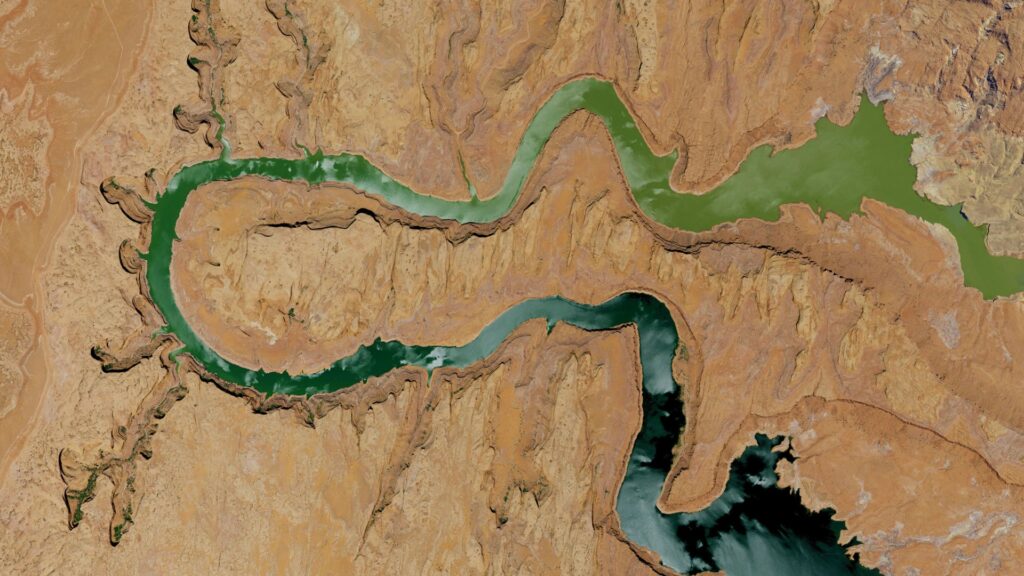
Water Weekly for December 12th
If you can only read three stories about Western water this week in advance of the Colorado River Water Users Association conference in Las Vegas (meet us there!), read these:
1. How California’s drought upended a powerful farming district
In this important piece describing a major political change on the board of the nation’s largest agricultural irrigation district, veteran environment reporter Dan Charles writes “Farmers are coming to terms with the fact that their operations will have to change — and in many areas, shrink — to survive chronic drought, depleted aquifers and climate change.” The piece highlights the results of the recent board elections for Westlands Water District, which, in wet years, irrigates more than 600,000 acres of land in the San Joaquin Valley. Following the election, long-time Westlands General Manager Tom Birmingham resigned. Sarah Woolf, a farmer and former board member, led a reform movement following her resignation in protest in 2018. The “Change Coalition” slate of candidates that ran this year swept onto the board in November, pushing more collaboration, more proactive water management and drought resilience projects, and “a realistic plan to survive.” That includes “developing a long-term plan for the district’s land that includes other land uses, such as solar farms and wildlife habitat,” writes Charles. Tim Quinn, a fellow at Stanford University’s program on Water in the West, calls the Westlands transition “a sea change.”
2. Upper Colorado River officials release details of water savings program
The Upper Colorado River Commission, including representatives of the four Upper Basin states (Colorado, Wyoming, Utah, and New Mexico), shared details of the rebooted System Conservation Pilot Program Monday. The goal, writes reporter Heather Sackett of Aspen Journalism, “would be to reduce Colorado River use and mitigate the impacts of long-term drought and depleted storage.” The goals is not to guarantee a certain amount of water makes it to Lake Powell, said UCRC executive director Chuck Cullom. Cullom says that any sort of speculation on the volume of water the program could deliver is unfounded, “given the water stress that all Colorado River water users are suffering in the upper basin.” The program will have $125 million in federal funding to deploy through 2026, coming through the $4 billion in Inflation Reduction Act funding for Colorado River projects. The UCRC will release the full request for proposals under the program at the Colorado River Water Users Association conference in Las Vegas on Wednesday.
3. A ‘big project’ won’t solve Arizona’s water woes, experts say. But there’s still hope
Technologists dreams were dashed, writes 12News producer Hunter Bassler, in a town-hall meeting featuring Arizona’s top water officials in Phoenix last week. “De-salting the ocean, forcing clouds to snow, or a states-long pipeline from the Mississippi River won’t create a big enough ‘new bucket’ of water to tackle the root cause of the Southwest’s worsening drought.” Arizona’s cities have relied on storing “excess” water from their alllotments in underground aquifers, but that practice may be due to change thanks to intensifying water politics. That will mean “changing Arizona’s water habits.” That could start with rating every new economic opportunity based on how water-intensive, or not, it is, says president of the Central Arizona Water Conservation District Terry Goddard. A new pipeline or desalination plant, known in water lingo as “augmentation projects” must take a backseat to adjusting how we use water, in both agriculture and our homes and cities, leaders said.
Bonus original from On Land
Get the Water Weekly in your Inbox each week.





